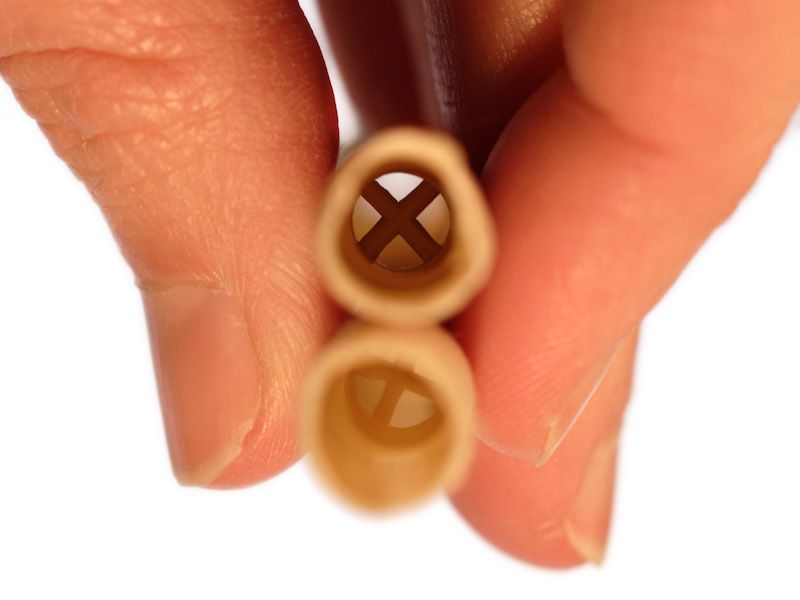
There’s a persistent belief in some groups that a practice known as “ear candling” is a good way to minimize your earwax. What is ear candling, and does it work?
Is Ear Candling Effective?
Spoiler alert: No. No, they don’t.
Why then, does this bit of pseudo-science keep burrowing its way into the heads of otherwise logical people? It’s difficult to say with much accuracy. But although the logical decision is fairly clear, knowing more about the risks of earwax candling will help us make an educated choice.
What is Earwax Candling?
So the basic setup goes like this: Perhaps you have too much earwax and you aren’t really sure how to eliminate it. You’ve read that it’s dangerous to use cotton swabs to clean your earwax out. So you start looking for a substitute and discover this method known as earwax candling.
Here’s how earwax candling purportedly works: You generate a pressure differential by shoving the candle in your ear, wick side out. The wax in your ear, then, is pulled outward, towards the freedom of the open world. Any wax that may be backed up in your ear can, theoretically, be pulled out by this amount of pressure. But this harmful technique is not a smart method of cleaning your ears.
Why Doesn’t Ear Candling Work?
There are a few problems with this process, including the fact that the physics just don’t work. There’s just no way for a candle to produce that type of pressure differential (and in order to move earwax around, that pressure differential would have to be quite substantial indeed). Second, producing that kind of pressure differential would require some sort of seal, which doesn’t happen during candling.
Now, there are supposed to be special candles used in this “treatment”. All of the wax that was in your ear can be located in the hollow portion of the candle which can be broken apart when you’re finished with your 15 minutes of ear candling. But the problem is you can find this same detritus in new unburned candles also. So the entire practice amounts to fraud.
Scientific analysis has been unable to prove any benefit involving earwax candling.
So Earwax Candling Doesn’t Work, But is it Safe?
What’s the danger in giving it a shot, right? Well, you’re asking for trouble whenever you get a hot candle near your ears. You may be ok if you try earwax candling. Lots of people do. But there are definitely risks involved and it’s certainly not safe.
Here are a few negative effects of ear candling:
- Any time you’re mucking about with an open flame, there’s a possibility that you may trigger significant harm and put your life in danger. Seriously, you could burn your house down. Eliminating a bit of earwax isn’t worth that amount of danger and risk.
- Once the wax cools it can block up your ear canal. This can cause temporary hearing loss or, in the most severe cases, require surgery.
- Extreme burns inside ear. Significant hearing issues and burns can be the result of getting hot wax inside of your ear. In the most extreme cases, this could permanently jeopardize your hearing.
You Don’t Need a Candle to Clean Your Ears
In most circumstances you will never even have to worry about cleaning earwax out. That’s because your ears are actually pretty good about cleaning themselves! However, there are some people who will have uncommonly heavy earwax production or accumulation to deal with.
If it happens that you have too much earwax there are methods that have been proven to work safely. You could try a fluid wash, for example. Another solution would be to see a hearing care professional for an earwax cleaning.
Cotton swabs are definitely a no-no. And you should also avoid using an open flame to clean out earwax. Earwax candling is a technique that has no benefit and will put your ears, and your whole person, at significant risk of damage and injury. So maybe it’s time to put those special candles away.

